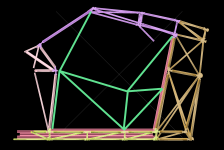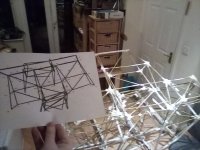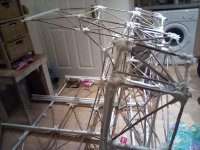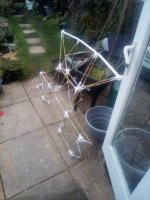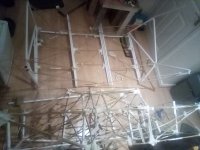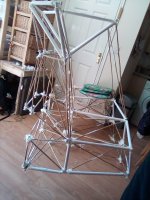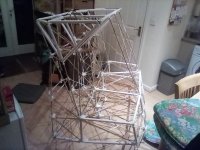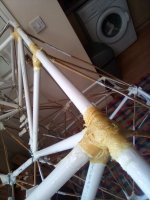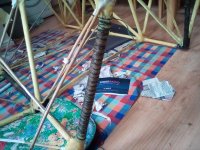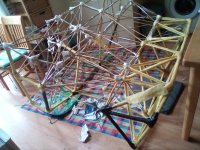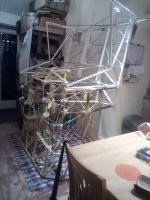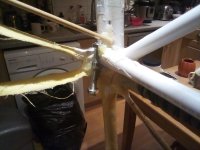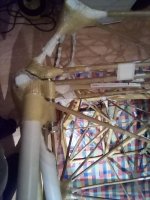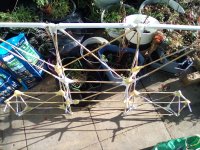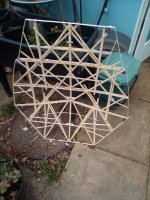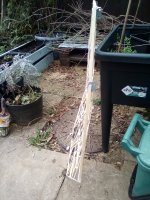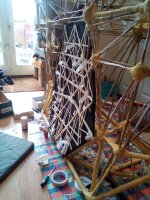amberwolf said:I only asked because it is very common for DIYers to not even consider this until too late, and lose their work or be unable to use it. (there've been a few vehicle builds of various types over the years where it was very sad to see this happen to them...and I hate to see it happen to anyone).
ooo, ouch. yes ironically if you built this exact same vehicle in e.g. Belgium the only way i heard that it could be declared road-legal is to submit QTY 4of production units for testing, one of which will be independently crash-tested, one disassembled... yes *production* units. my friend is investigating if there is an equivalent to Q-Plate (Single-Vehicle Approval)
by contrast the UK has a long history of weird car inventors doing weird errstuff (e.g. Clive Sinclair)
i mean, y'know, if you add pedals and keep it to 15 mph max it could actually qualify as an e-bike
edit https://m.youtube.com/watch?v=o6nobuceVd8
at least if people build an illegal EV there's hope in the form of a conversion



